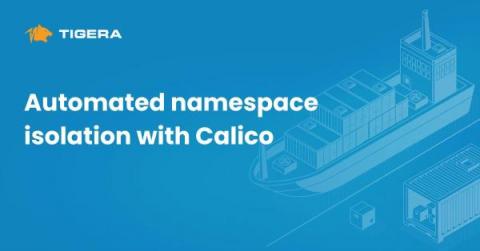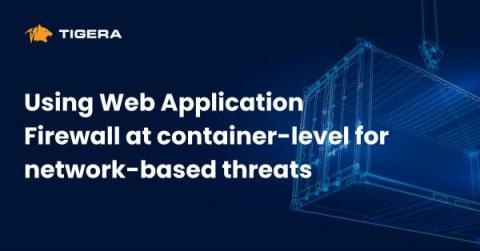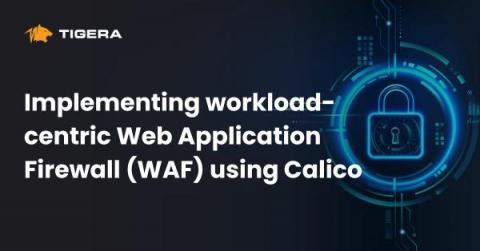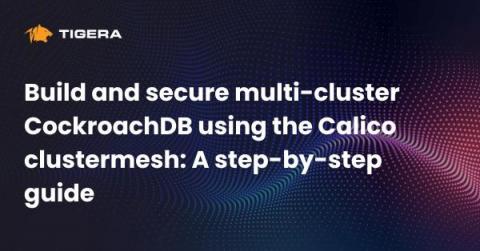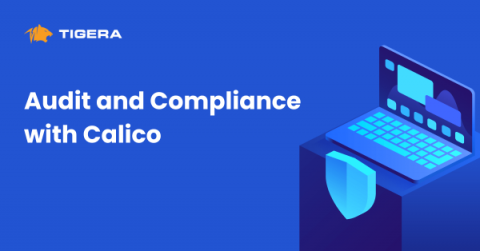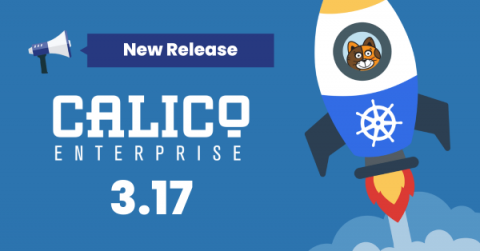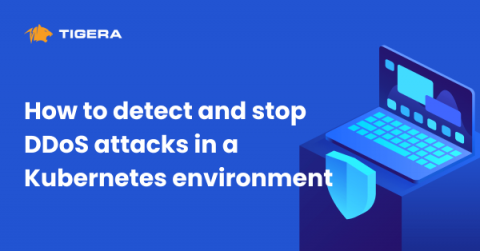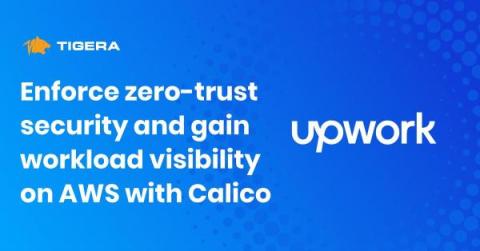Automated namespace isolation with Calico
Calico has recently introduced a powerful new policy recommendation engine that enables DevOps, SREs, and Kubernetes operators to automatically generate Calico policies to implement namespace isolation and improve the security posture of their clusters.


